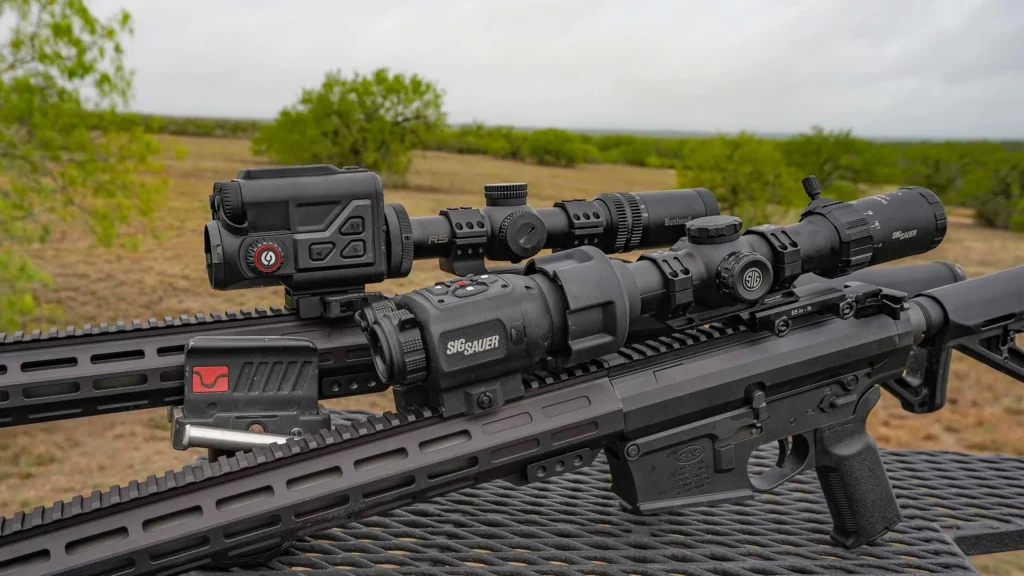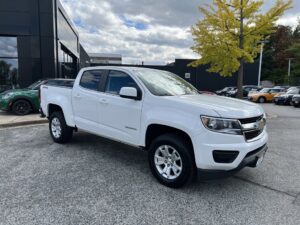Thermal Clip-On Scopes for Law Enforcement and Tactical Operations

Thermal clip-on scopes have transformed how law enforcement and tactical teams operate in low-visibility and high-risk environments. A thermal clip on scope converts a conventional optic into a thermal sight quickly and non-permanently, giving teams the ability to detect heat signatures through smoke, foliage, darkness, and light obscurants. When integrated correctly, a thermal imaging attachment becomes a force multiplier—improving detection, target identification, and overall mission safety without requiring every platform to be re-equipped with a dedicated thermal rifle optic.
Why agencies choose thermal clip-on solutions
Several practical reasons drive police units, special response teams, and tactical operators to adopt thermal clip-on technologies:
- Rapid adaptability: A clip-on lets an operator retain their primary day optic and zero while adding thermal capability only when needed. This reduces downtime and logistics complexity compared with swapping entire rifles or optics.
- Cost efficiency: Purchasing a single high-quality thermal imaging attachment to be shared across patrol cars or patrol rifles can be far less expensive than equipping every weapon with a dedicated thermal sight.
- Minimal footprint: Modern clip-ons are compact and lightweight. They preserve the familiar weight distribution and ergonomics of a standard optic setup, easing operator transition and reducing training time.
- Versatility across platforms: Clip-ons can be moved between rifles, carbines, and even vehicle-mounted optics, allowing teams to standardize on one thermal system across multiple platforms.
Core capabilities that matter in the field
When evaluating a thermal clip on scope, law enforcement agencies prioritize a combination of optical, detection, and operational features:
- Detection range and resolution: Thermal sensors with higher resolution and sensitivity improve the distance at which human-sized heat signatures can be detected and positively identified.
- Frame rate and latency: Smooth, low-latency imaging matters during movement and dynamic engagements—higher frame rates reduce motion blur and improve situational awareness.
- Mounting and alignment: The device must align reliably with the primary optic and hold zero so that pairing and unpairing in the field do not degrade accuracy.
- Battery life and power options: Long operational life and hot-swappable power options (or centralized vehicle power) are crucial for prolonged operations.
- Environmental ruggedness: Units built to withstand recoil, water ingress, extreme temperatures, and shock ensure reliability during real missions.
- User interface and controls: Intuitive controls, quick image presets, and straightforward calibration make the thermal tool useful under stress.
Integration and training: turning technology into capability
A thermal imaging attachment is only as good as the people who use it. Effective integration requires more than hardware procurement:
- Standard operating procedures: Agencies must define when and how thermal clip-ons are used—night patrols, building searches, suspect containment, or overwatch—and create protocols to maintain evidence integrity when thermal imagery is recorded.
- Training on detection vs. identification: Officers should be taught to recognize thermal signatures and understand limitations—thermal contrast varies with clothing, ambient temperature, and terrain. Thermal imaging can indicate presence and movement, but visual confirmation is still important for positive identification whenever possible.
- Zeroing and maintenance drills: Practicing quick attachment, reattachment, and verification of alignment minimizes downtime. Regular maintenance ensures lens cleanliness, sensor performance, and battery readiness.
- Mission rehearsal: Simulated scenarios that pair clip-ons with existing optics help teams learn switching workflows, target engagement procedures, and how to interpret thermal artifacts like heat bloom or thermal crossover.
Practical tactics and use cases
Thermal clip-ons support a wide range of tactical and law enforcement operations:
- Night patrols and approach: Detecting hidden suspects near structures or treelines without alerting them with visible illumination.
- Building clearing and room entry: Overwatch operators can monitor doorways and windows for warm bodies before teams commit.
- Search and rescue / lost person detection: Thermal devices help locate vulnerable subjects in dense vegetation or low light.
- Vehicle interdiction and perimeter security: Rapid detection of occupants in vehicles or individuals hiding in cover during traffic stops or checkpoints.
- Surveillance and covert operations: Elevated detection capability from a distance reduces the need to close with a suspect and increases operator safety.
Maintenance, lifecycle, and procurement considerations
Purchasing thermal clip-ons for a law enforcement agency should account for lifecycle and sustainment:
- Total cost of ownership: Budget for accessories (mounts, batteries, chargers), replacement parts, and firmware support. Consider extended warranties and service contracts.
- Interoperability: Ensure the clip-on works with the range of optics in service, including non-standard or older mounts. Look for vendors who provide alignment tools and documented procedures.
- Upgradability: Sensor technology advances rapidly; modular systems with upgrade paths for sensors or software extend useful life.
- Data handling and chain of custody: If thermal imagery is recorded for evidence or intelligence, ensure secure storage protocols and clear documentation for admissible use in investigations.
Legal and ethical considerations
Using thermal technology carries legal and ethical implications that agencies must address:
- Privacy: Thermal detection can reveal presence even when someone is obscured from visible sight. Agencies must craft policies that respect privacy laws and community expectations while enabling lawful operations.
- Use-of-force and disclosure: Thermal evidence can influence tactical decisions. Officers must avoid overreliance on sensor indications in ambiguous situations and should corroborate with other sources before escalating force.
- Transparency and community engagement: Explaining when and why thermal tools are used helps build public trust. Clear policies and oversight reduce the risk of misuse.
Guide outdoor Thermal Clip-On: selecting the right tool
A practical Guide outdoor Thermal Clip-On selection process balances capability and mission needs. Prioritize sensor sensitivity and detection range for open-area patrols; choose compact, fast-frame-rate units for mobile urban teams; and look for ruggedized models with flexible power solutions for vehicle or maritime applications. Field-test shortlisted models under local environmental conditions—temperature swings, humidity, foliage—so actual performance matches specifications.
Conclusion
For modern law enforcement and tactical operations, a well-chosen thermal clip on scope or thermal imaging attachment enhances operator safety, improves detection, and broadens mission options without forcing wholesale changes to an agency’s existing equipment. With robust procurement decisions, disciplined training, and clear policy guardrails, thermal clip-ons become a practical, cost-effective tool that augments human judgment and preserves tactical advantage in challenging environments.



